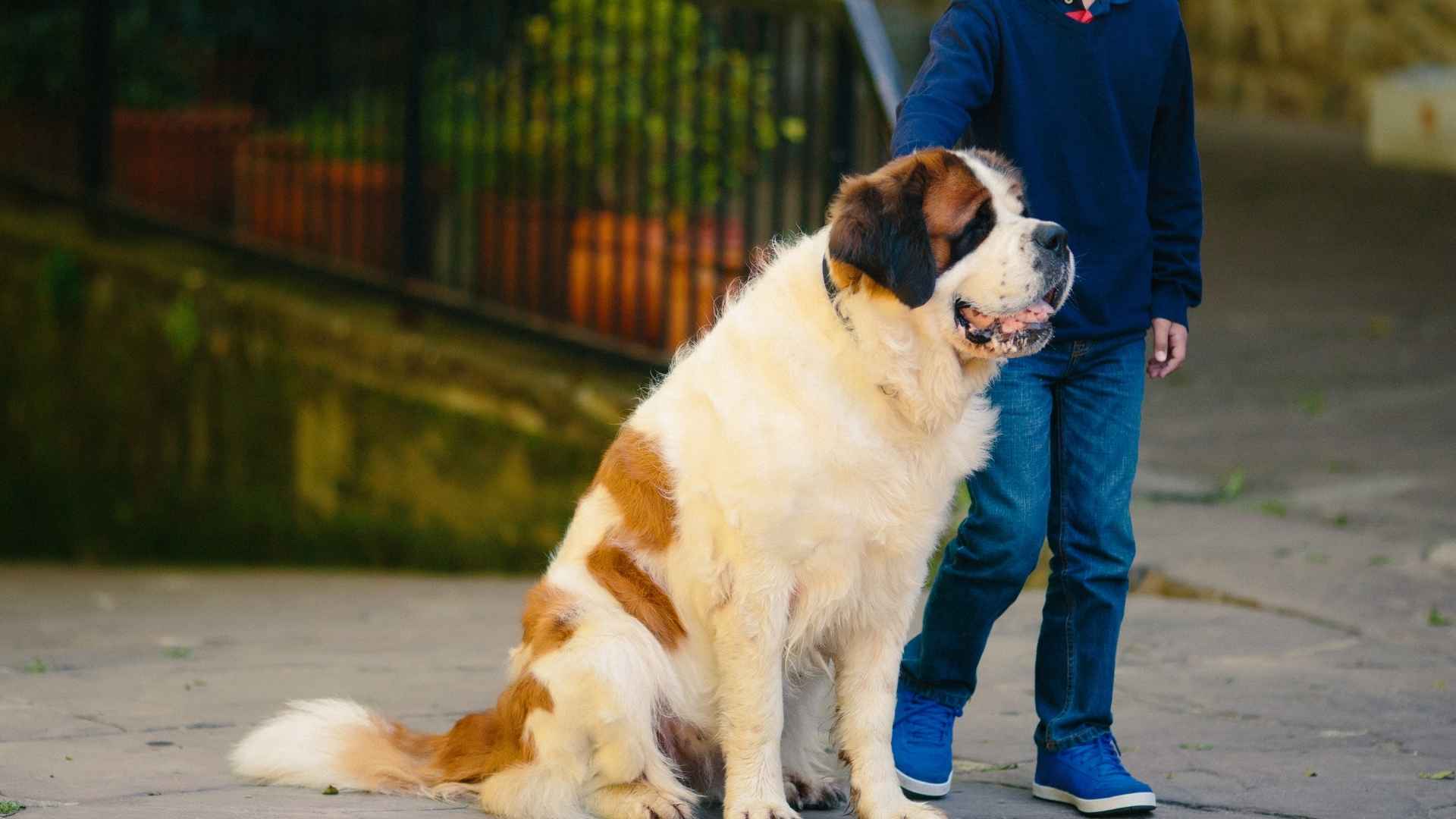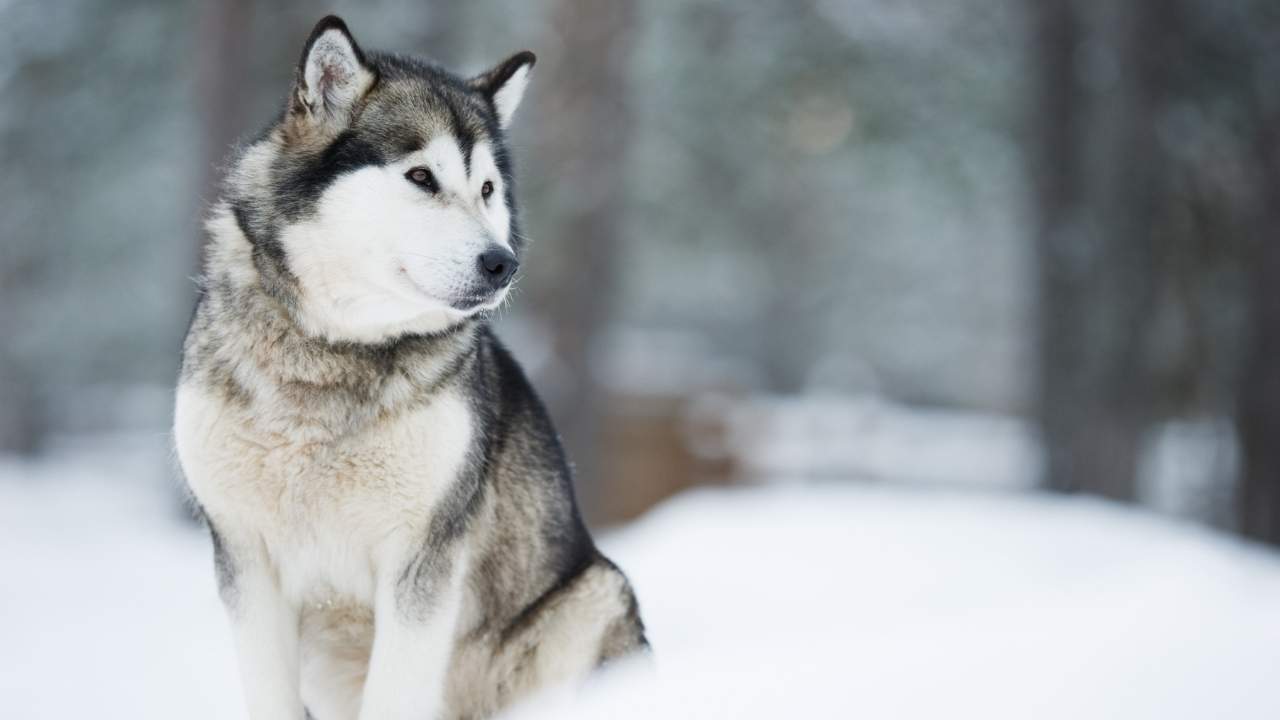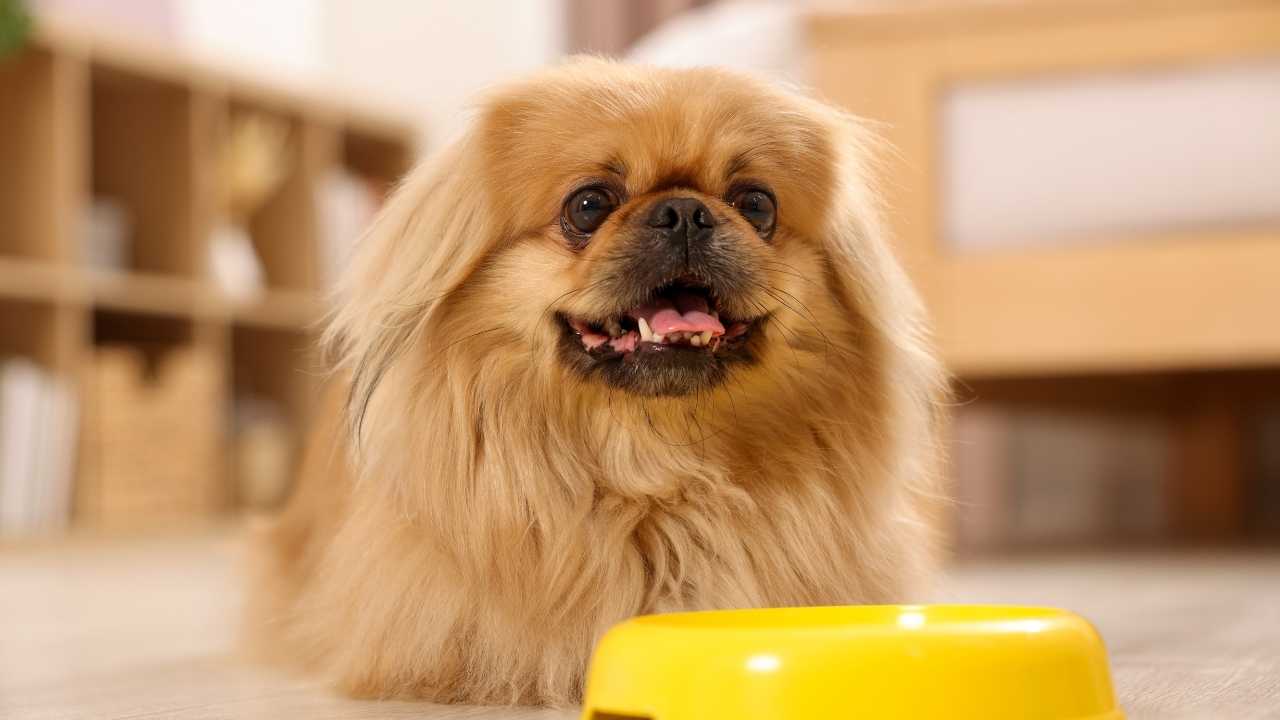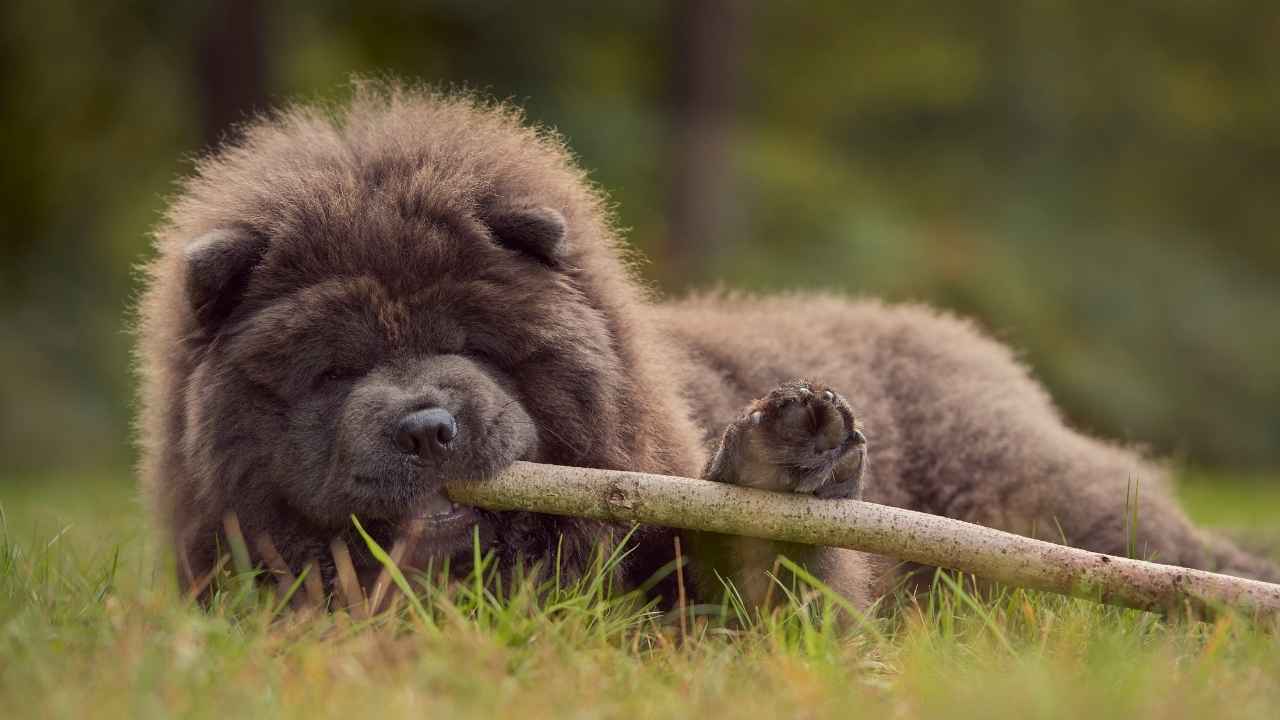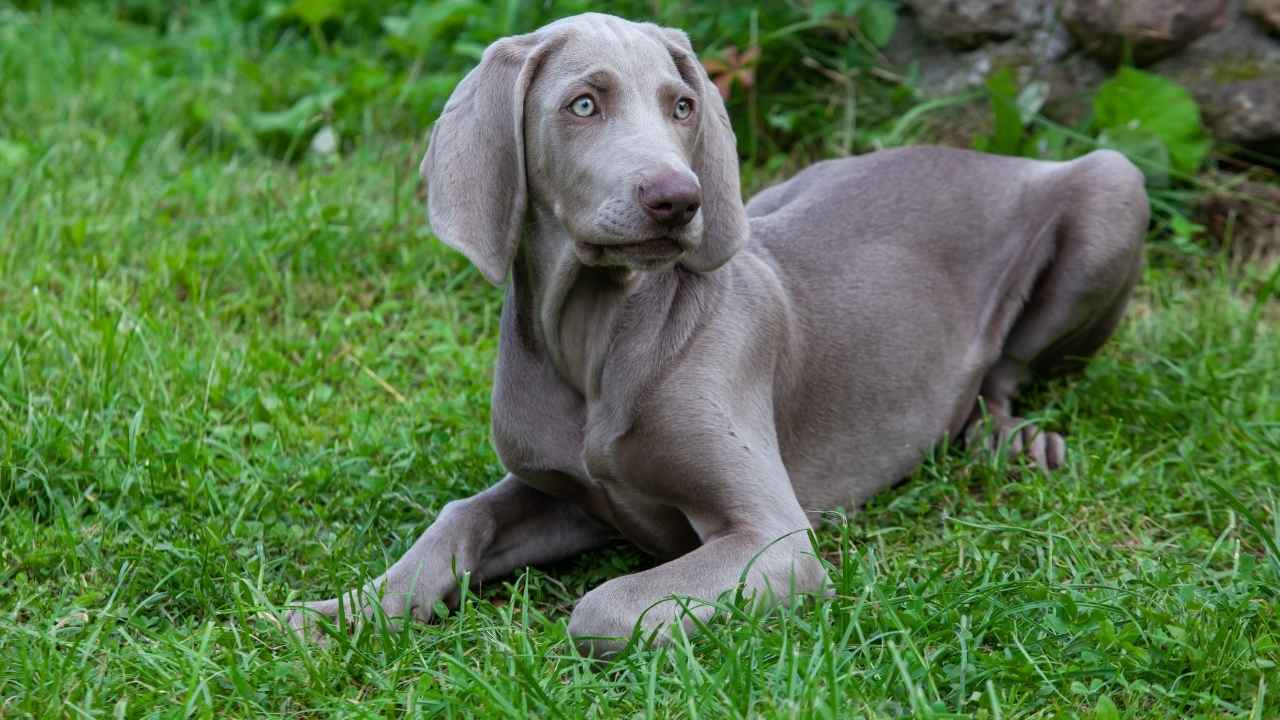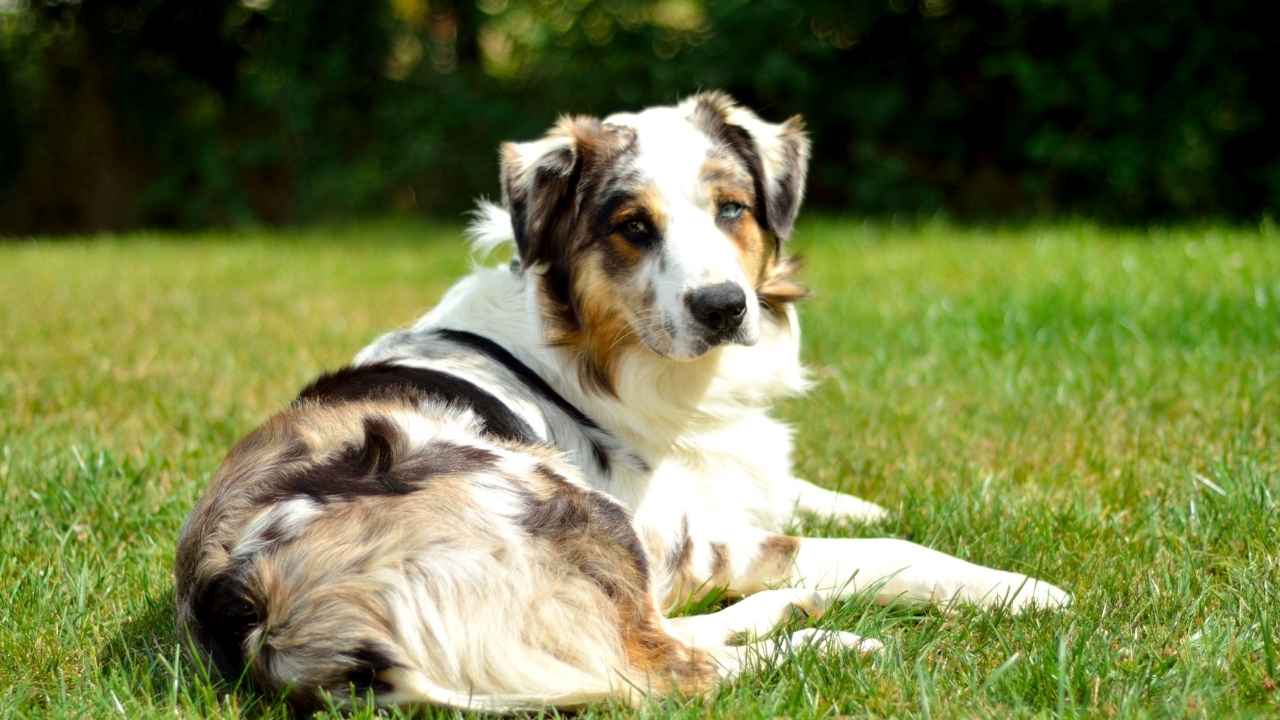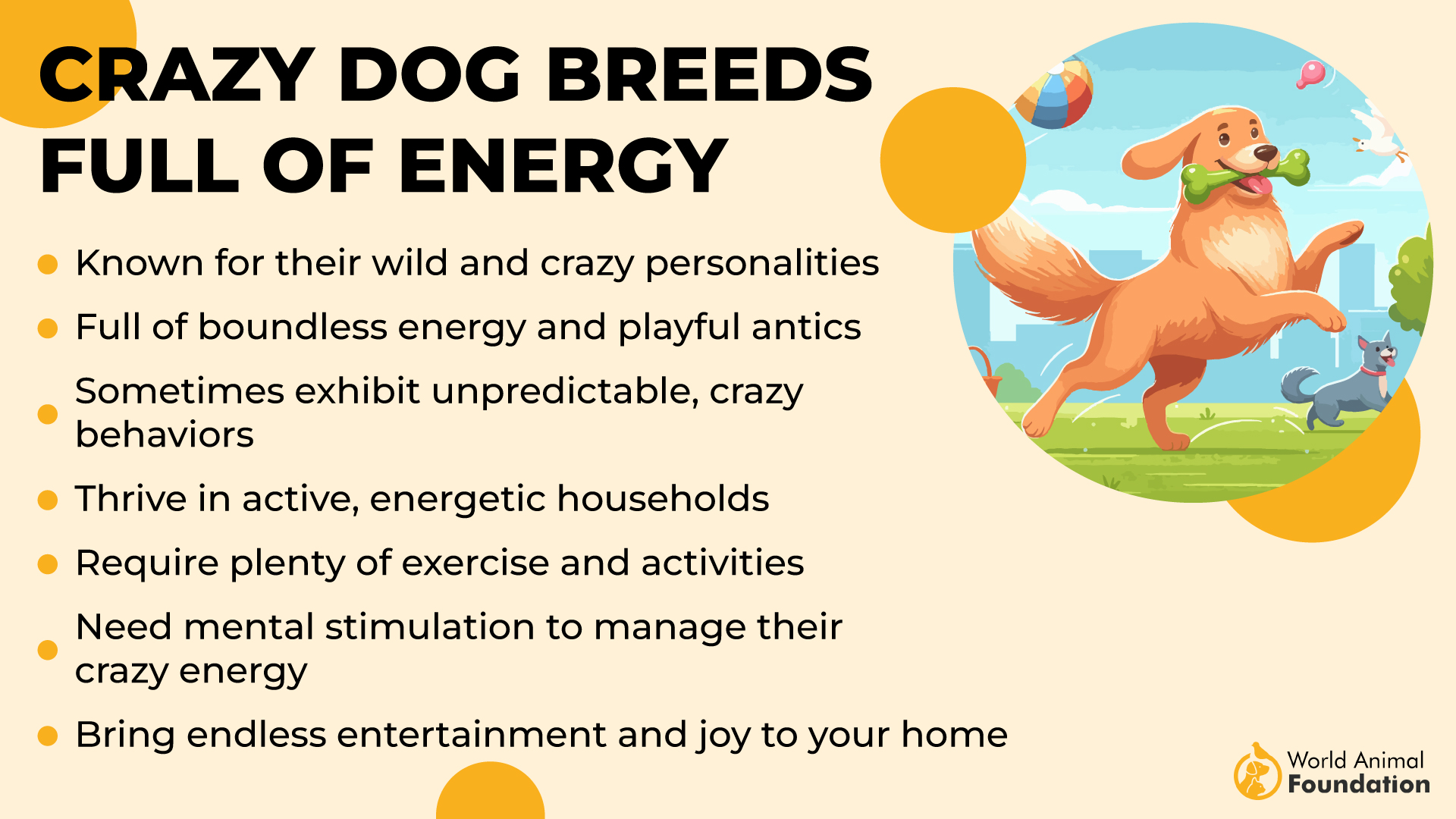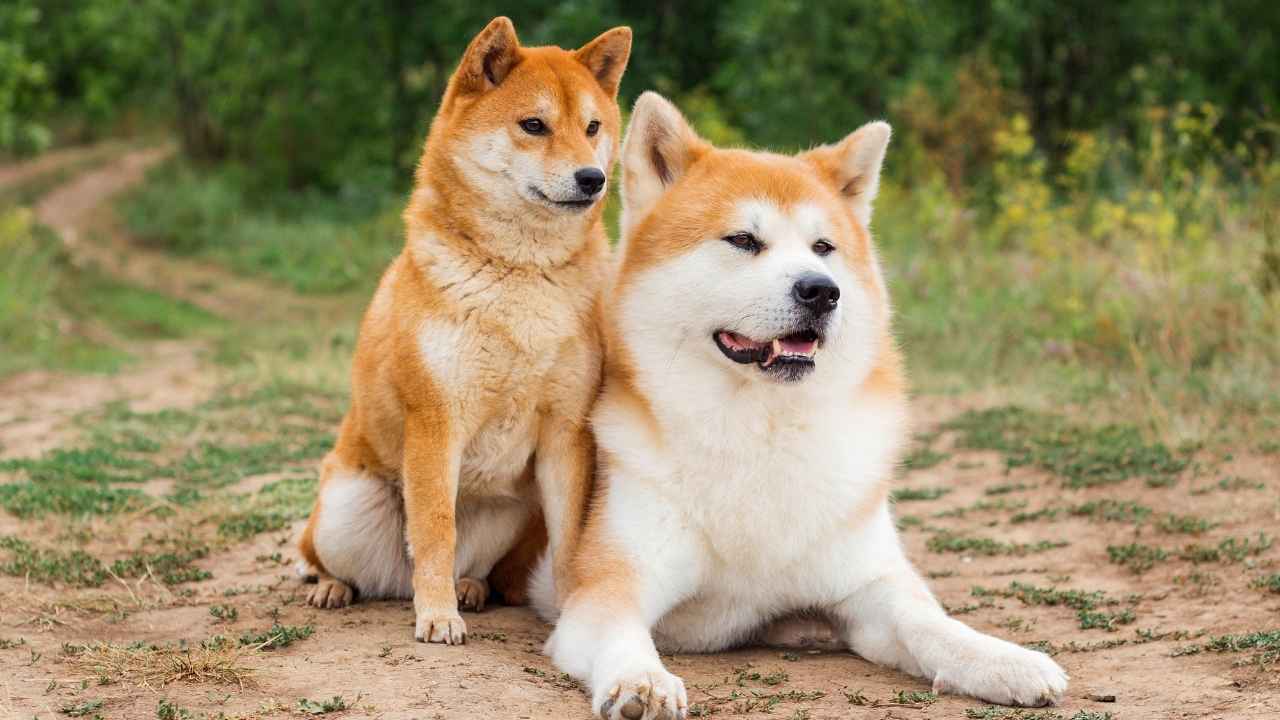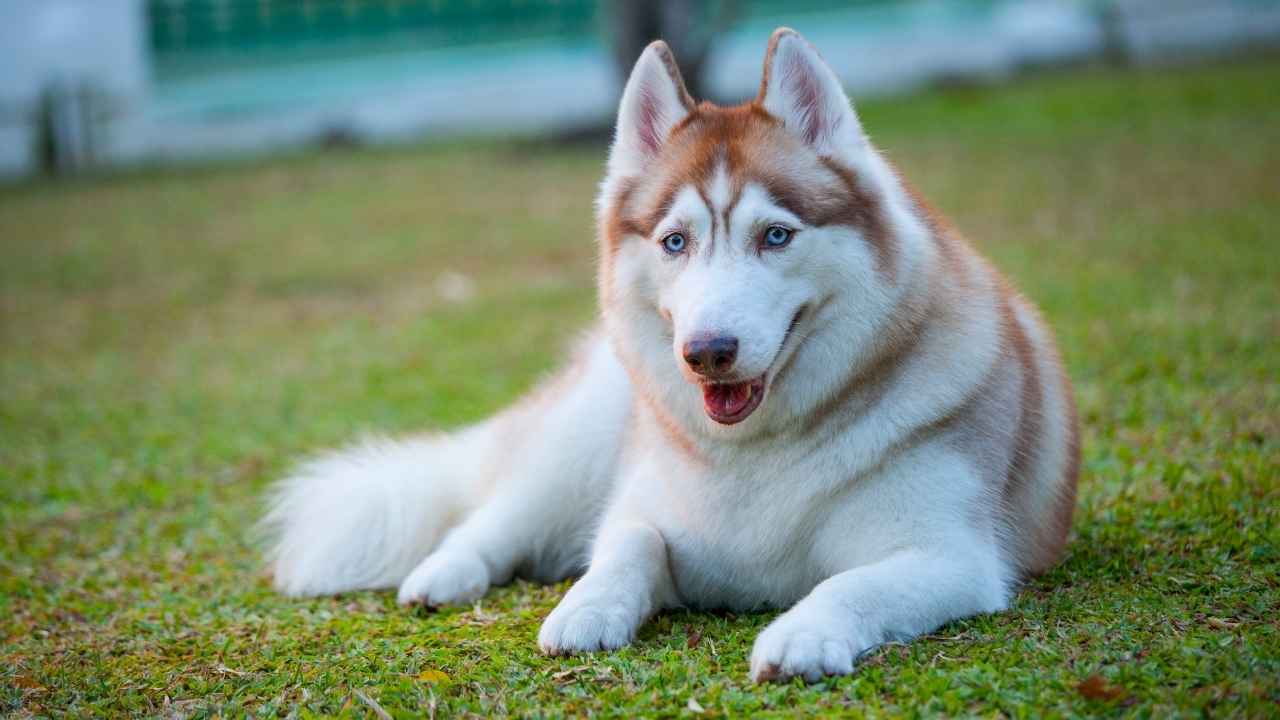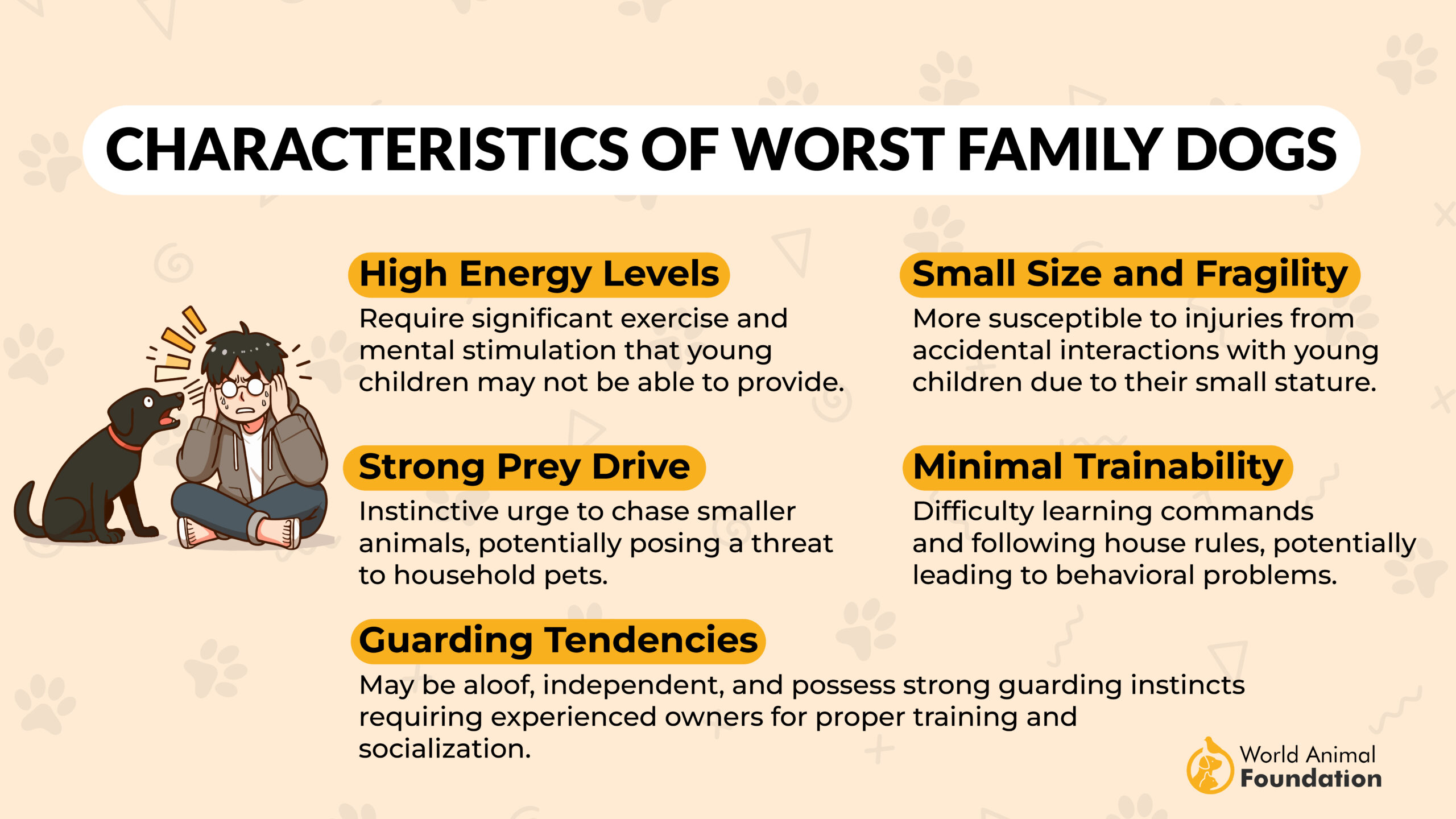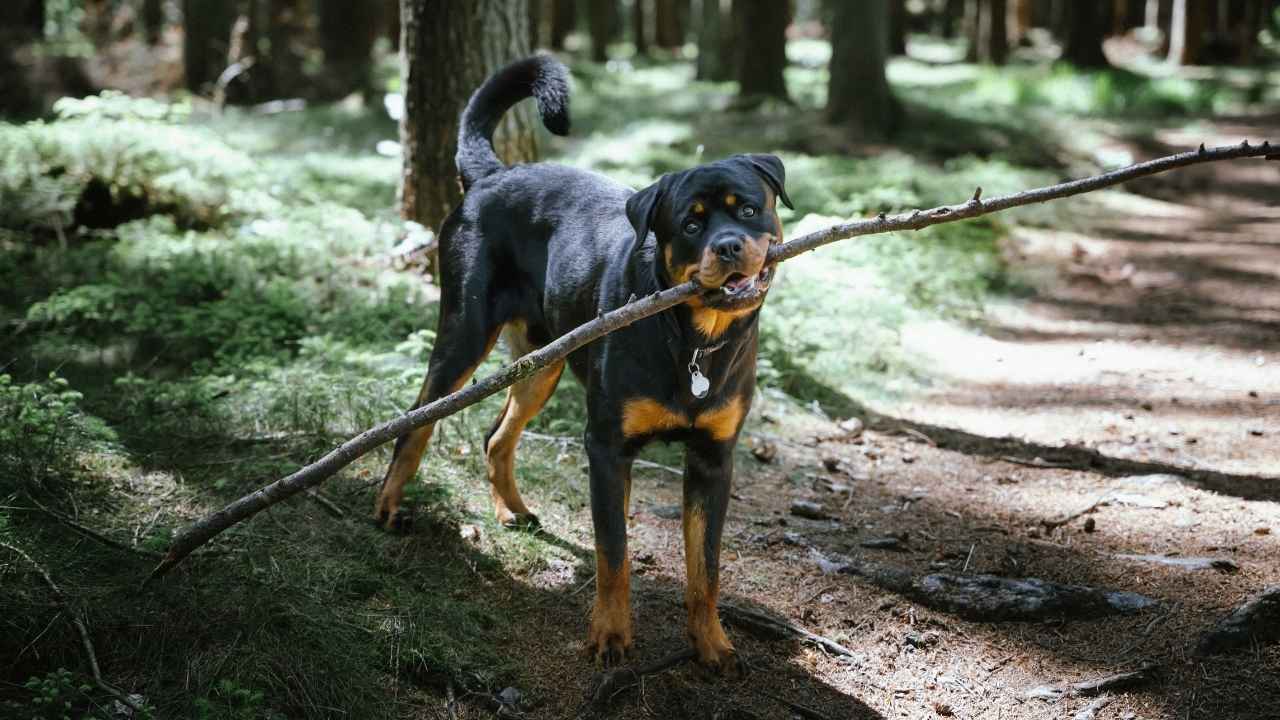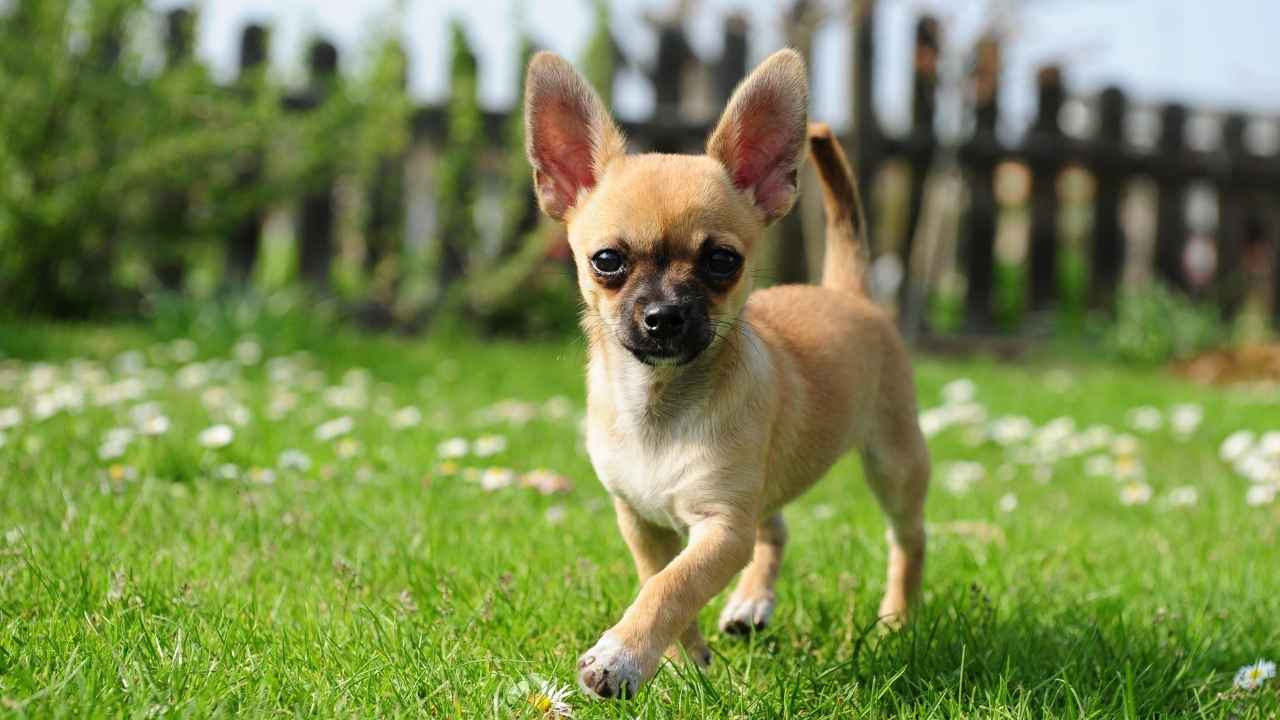Choosing the right dog breed for a family with children is a decision that requires careful consideration. Kids and dogs can form lifelong bonds, but not all breeds are naturally suited for households with young ones. Some breeds may pose challenges due to their size, energy levels, or temperament, leading to potentially unsafe situations or unhappy pets. In this guide, we explore ten dog breeds that might be less ideal for families with children. Understanding these challenges can help families make informed decisions and ensure a safe and loving environment for both their kids and canine companions.
Choosing the right dog for your family is a decision that goes beyond simply picking a cute puppy. For parents, ensuring that their new family member is a good fit for young children is a top priority. Most dogs, while lovable and loyal, may not always be the best match for children, particularly younger ones.
From aggressive tendencies to high energy that can overwhelm small children, certain dogs may unintentionally cause harm, stress, or even danger in your home. Understanding which breeds to avoid is essential in providing a safe and happy environment for both your child and your new pet.
In this article, we’ll explore the Top 10 worst breeds of dogs for children, highlighting the traits that make them less suitable for families and how you can choose a better one for your home.
Top 10 Worst Dog Breeds For Kids
Certain dog breeds, while loved for their unique characteristics, are not always ideal companions for children. Some breeds are challenging due to their size, energy levels, or temperament, which can lead to injuries or discomfort, especially with kids.
Below, we’ll discuss specific types of dogs and why they may pose risks to families with children.
1. Alaskan Malamute
Alaskan Malamutes are known for their imposing size, immense strength, and independent nature. Originally bred to haul heavy loads, these dogs require consistent mental stimulation and plenty of physical exercise, making them challenging for families with small children.
Their independent streak means they may not always listen, which can lead to unintentional accidents or play. Malamutes are also protective of their space and cannot feel comfortable with jerky movements or improper handling from kids.
While they are loyal companions, their sheer size and energetic nature may inadvertently cause accidental injury, especially for younger children.
2. Bullmastiff
Bullmastiffs are large, strong, and protective, which makes them excellent guard dogs but less ideal for families with kids. Their protective instincts, combined with their size, can be overwhelming for children who may struggle to handle them.
These breeds tend to not feel well in chaotic environments and may react defensively if they sense a threat, even unintentionally.
Although Bullmastiffs are loving and calm with training in a proper way, they require adult supervision around kids to avoid issues. Their size alone can accidentally knock over small children, making them better suited for homes with older kids or adults.
3. Pekingese
Pekingese dogs are small in size but have big personalities, often marked by a temperament that demands respect. They can feel threatened by rough handling or unpredictable movements, making them unsuitable for families with small children. These dogs are loyal pets but may become aggressive if they perceive teasing or unintentional play.
Their independent and sometimes aloof nature adds to the challenge of integrating them into households with active kids.
Without the right training and socialization, a Pekingese may develop a tendency to snap, placing children at risk. They thrive better in quieter homes with older family members.
4. Chow Chow
Chow Chows are known for their lion-like appearance and aloof nature, which makes them a unique but challenging breed for families with children. These dogs are naturally independent and often less tolerant of rough play or athletic energy interactions, making them unsuitable for kids.
Chow Chows also tend to be territorial, requiring firm, consistent training to manage their protective instincts. Their temperament can make them not feel comfortable in noisy or chaotic environments, which kids often create.
While they can be loyal and affectionate with adults, they are not ideal for households with young kids or inexperienced pet owners.
5. Weimaraner
Weimaraners are energetic or you can say athletic dogs with a high prey drive, originally bred as a hunting breed. Their boundless energy and need for mental stimulation can overwhelm families with kids. These breeds thrive on constant activity and attention, which can lead to destructive behavior if their needs are unmet.
For kids, the Weimaraner’s size and energy level can pose challenges, as their playful demeanor may unintentionally cause harm. Additionally, their strong prey instincts can be problematic in homes with other pets.
While clever and loving, the biggest issue with these dogs is they require an experienced person who can dedicate time to exercise and training, making them less suitable for families with young children.
6. Australian Shepherd
Australian Shepherds are intelligent and highly energetic dogs, often admired for their herding instincts. However, these same instincts can make them a poor choice for families with kids. They tend to nip or herd kids during play, which can be intimidating or even painful.
These athletic pets require significant mental enrichment and exercise to prevent boredom, which might be difficult for busy families to provide. Their athletic energy and need for structure can make them not feel comfortable in chaotic environments.
While these shepherds are loving and loyal, their traits are better suited for active adults or families with older children.
7. Akita
Akitas are strong, independent dogs with a protective instinct that can make them unsuitable for families with small dogs or young children. Their reserved nature often comes across as aloof, and they can become aggressive if they feel provoked or threatened.
Without proper training and socialization, Akitas may exhibit dangerous behavior, such as biting, especially when mishandled. Their powerful build and hunting instincts mean they were historically bred to hunt large game, further highlighting the need for experienced handlers.
While Akitas can be loyal and adoring, their dominance and need for firm boundaries make them better suited for homes without small children, ensuring both the pet and the family feel safe and secure.
8. Siberian Husky
Siberian Huskies are playful, high-energy dogs, but their independent streak and guard dog mode can be challenging for families. Their love for humans doesn’t always extend to strangers, making early socialization crucial.
These pets thrive on exercise and mental stimulation, but their stubborn nature means they often prefer their way over commands, which can lead to biting incidents if mishandled. Young children might find themselves on the receiving end of rough play, as huskies’ strength and enthusiasm can be overwhelming.
While devoted and clever, huskies are better suited for active families with older kids who can manage their unique needs, ensuring both safety and harmony. Their lively spirit demands understanding, patience, and a well-matched household.
9. Rottweiler
Rottweilers are protective and powerful breeds, making them less ideal for families with children. Their strong protective instincts require diligent training and supervision, especially around kids. Without the right training, their size and strength can lead to injuries accidentally, particularly with young kids.
Rottweilers also tend to feel uncomfortable in unpredictable environments, making them better suited for homes with older children who understand pet behavior.
While they can be loyal partners, other factors such as their temperament demand experienced owners who can provide firm, consistent training. Families should steer clear if they cannot dedicate time to proper socialization and management.
10. Chihuahua
Chihuahuas are small breeds with big personalities, but their fragile size and temperament make them a poor fit for families with children. They are often threatened by improper handling or sudden movements, leading to snapping or aggression.
Their tiny stature puts them at risk of injuries accidentally, especially in homes with active small kids. Chihuahuas require gentle handling and consistent training to ensure they adapt well to family life.
While they can be adoring pets, they thrive better in quieter households with older children or adults who can respect their need for personal space.
Conclusion
Families looking for a companion must prioritize safety and compatibility. Certain breeds pose challenges—like random running, barking, or dangerous tendencies—that can be overwhelming for toddlers and young kids. For instance, small-sized breeds or those with high athletic energy, like many Chihuahuas and Australian Cattle Dogs, may not be the best dogs for families.
Larger breeds like Cane Corsos, which are guard dogs, require specific handling to prevent issues with strangers or other dogs. Additionally, traits like chasing small animals or large game can make life difficult. Remember, the tail of every dog wags differently; choosing from different breeds should focus on those fostering harmony with family dogs, cats, and humans alike.
In conclusion, when selecting a dog breed for a family with children, it’s crucial to consider the temperament, energy level, and care requirements of the breed. Some breeds, despite being popular, might not be the best fit for homes with young kids due to their size, intensity, or specific behavioral traits. Challenges such as aggression, protective instincts, or high maintenance levels can complicate interactions between children and certain breeds. However, with the right training, socialization, and understanding, most potential issues can be mitigated. Ultimately, thorough research and matching a breed’s characteristics to the family’s lifestyle are key to a harmonious relationship.

